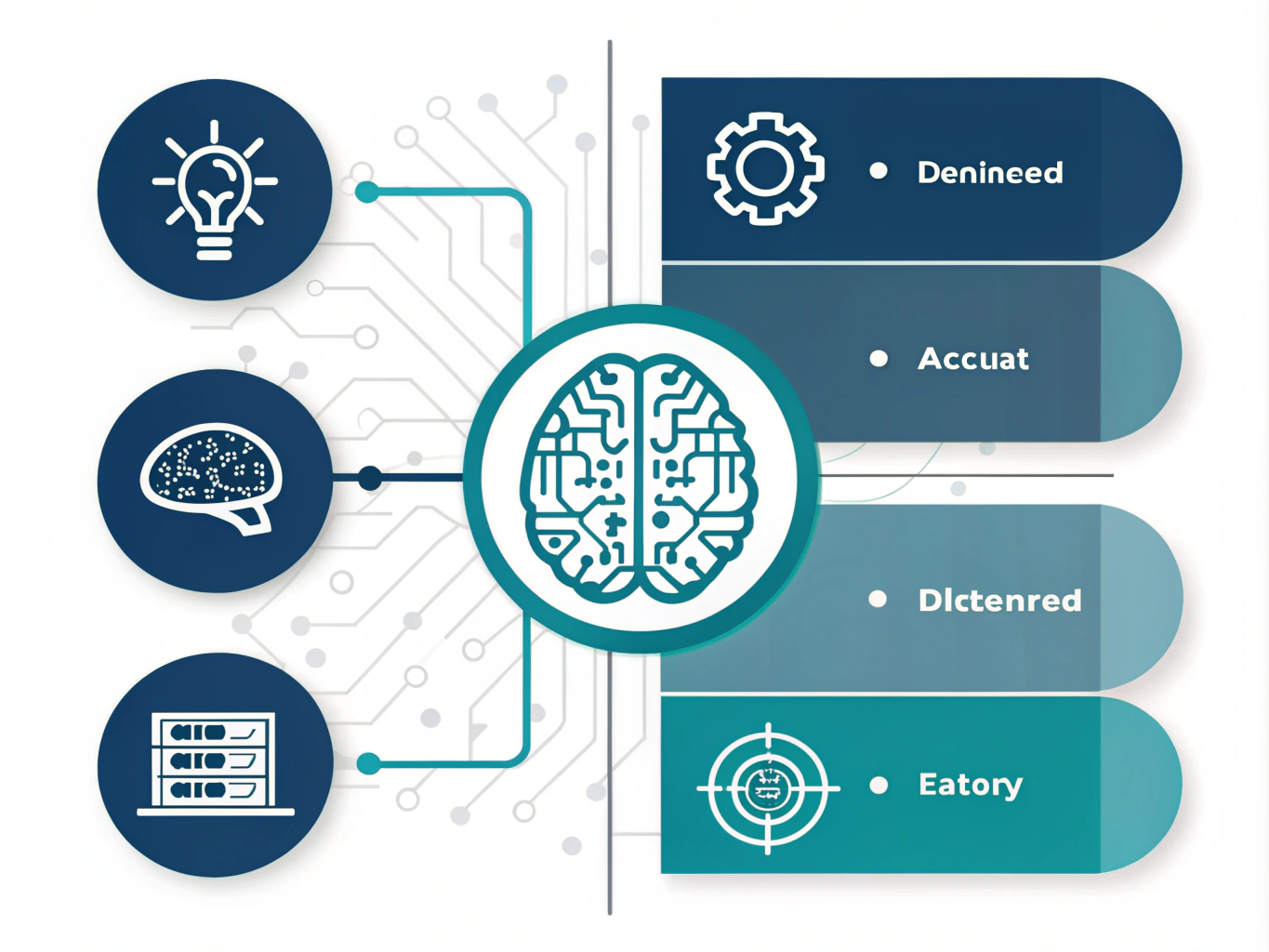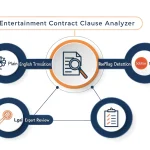Is this tool helpful?
How to Use the Patent Analysis Tool Effectively
To get accurate and insightful results from the Patent Analysis Tool, follow these steps carefully:
-
Enter the Full Patent Description: Provide a detailed explanation of your invention including all claims. Make sure to cover technical details clearly. Examples include:
- “A novel water purification system using solar-powered nanofiltration membranes for rural communities.”
- “An advanced cybersecurity method employing blockchain to authenticate IoT devices in smart homes.”
-
Specify the Technology Field (Optional): Indicate the specific technology domain related to your patent to help the tool deliver more focused analysis. Sample entries might be:
- “Renewable Energy – Solar Technologies”
- “Internet of Things Security Solutions”
- Submit Your Patent for Analysis: Click the “Analyze Patent” button to start processing your input. The tool will evaluate novelty and inventive step.
- Review the Results: Scroll to view the detailed report highlighting strengths and potential concerns of your patent application.
- Copy or Save Your Analysis: Use the available option to save the results for further use or sharing with colleagues and patent professionals.
Introducing the AI-Powered Patent Analysis Tool
The AI-Powered Patent Analysis Tool helps you assess the novelty and inventive step of your patent applications. By analyzing detailed patent descriptions and claims, it offers a clear, objective evaluation aligned with current patent law standards.
This tool saves time and effort by automating the initial review process that typically requires extensive research. It uses advanced machine learning models trained on vast patent databases and prior art to simulate the expertise of experienced patent examiners across various technology sectors.
Key Benefits of the Patent Analysis Tool
- Fast and Efficient Reviews: Complete in-depth patent assessments in minutes instead of weeks.
- Consistent and Objective Results: Remove human biases for reliable evaluations every time.
- Broad Technical Coverage: Understand your patent’s standing even in complex or emerging technology fields.
- Early Detection of Issues: Identify potential barriers to patentability before filing.
- Comprehensive Report Format: Receive organized findings that facilitate decision-making and patent drafting improvements.
Practical Applications of the Patent Analysis Tool
1. Accelerating Patent Office Examinations
Patent offices can use this tool to automate initial screenings of patent applications. It quickly pinpoints novelty and inventive step concerns, helping examiners manage workloads and prioritize detailed reviews.
Sample Workflow
- AI performs a first-pass review of 50,000 applications annually.
- Applications flagged for obvious issues are filtered out rapidly.
- Examiners dedicate more time to complex patents with AI-generated insights guiding deeper analysis.
- Overall initial review time decreases by over 90%.
2. Supporting Inventors and R&D Teams
Inventors can conduct preliminary assessments to understand their patent’s novelty and inventive value before investing in formal filings. The tool highlights strengths and suggests areas for technical improvement.
Example Use Case
- A robotics startup evaluates the uniqueness of a new sensor fusion algorithm.
- The tool identifies existing similar technologies and suggests enhancing the integration method.
- The team refines their invention, increasing the odds of grant approval.
3. Enhancing Patent Attorneys’ Services
Patent attorneys use the tool to provide rapid initial opinions for clients. This improves consultation speed and enables more strategic patent portfolio management.
Example Scenario
- An attorney assesses multiple client inventions in diverse fields.
- The tool’s comprehensive analysis helps identify which patents face novelty challenges early.
- Attorneys focus client efforts on stronger applications and strategic redesign.
4. Evaluating University Research for Patent Potential
Technology transfer offices can assess large volumes of invention disclosures efficiently. The tool ranks innovations by patentability, helping prioritize resources towards the most promising technologies.
Outcome Highlight
- Before implementation: lengthy manual assessments delayed patent filing decisions.
- After implementation: a 40% increase in patent filings from top-ranked inventions within a year.
Understanding the Patent Analysis Process
The tool evaluates the patent by comparing your invention with existing patents, scientific publications, and technological developments. It focuses on two key aspects:
- Novelty: Whether your invention introduces something new that has not been disclosed before.
- Inventive Step (Non-Obviousness): If the invention involves an inventive advancement that is not obvious to a person skilled in the field.
Assessing Inventive Step with Mathematical Representation
To evaluate the inventive step, the tool essentially measures the difference between the claimed invention and prior art based on several factors. This can be conceptually expressed as:
$$ \text{Inventive Step} = f(\text{Technical Effect}, \text{Unexpected Results}, \text{Problem Solved}) – \text{Obviousness Threshold} $$Where:
- Technical Effect: The measurable benefit produced by the invention.
- Unexpected Results: Outcomes not predicted by existing knowledge.
- Problem Solved: The invention’s ability to overcome technical barriers.
- Obviousness Threshold: The level of knowledge expected from a skilled person in the field.
The tool’s AI compares these parameters against the comprehensive database to provide a data-driven assessment.
Frequently Asked Questions (FAQ)
Q1: How does the tool identify the technology field automatically?
It analyzes keywords, technical terms, and methods in your patent description, matching them to categories in its extensive technological taxonomy to categorize your invention accurately.
Q2: Can I analyze patents written in other languages?
Currently, the tool works best with English-language patents. Support for other major languages is under development to widen accessibility.
Q3: How often is the tool’s knowledge base updated?
Regular updates integrate new patents and scientific data to keep the tool’s evaluations aligned with the latest technological and legal standards.
Q4: Can the tool replace human patent examiners?
The tool provides initial objective assessments. It complements human expertise but does not substitute detailed human review or legal judgments required in official patent processes.
Q5: Is the patent analysis legally binding?
Not at all. The results aim to inform and guide you. Always work with registered patent professionals for formal legal advice and patent filings.
Important Disclaimer
The calculations, results, and content provided by our tools are not guaranteed to be accurate, complete, or reliable. Users are responsible for verifying and interpreting the results. Our content and tools may contain errors, biases, or inconsistencies. Do not enter personal data, sensitive information, or personally identifiable information in our web forms or tools. Such data entry violates our terms of service and may result in unauthorized disclosure to third parties. We reserve the right to save inputs and outputs from our tools for the purposes of error debugging, bias identification, and performance improvement. External companies providing AI models used in our tools may also save and process data in accordance with their own policies. By using our tools, you consent to this data collection and processing. We reserve the right to limit the usage of our tools based on current usability factors.







